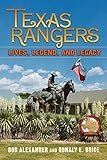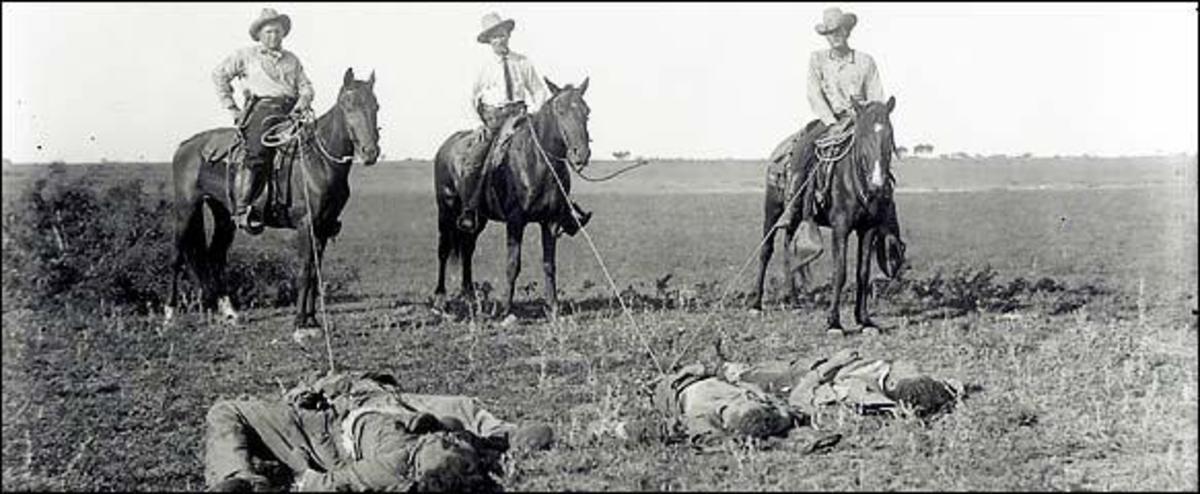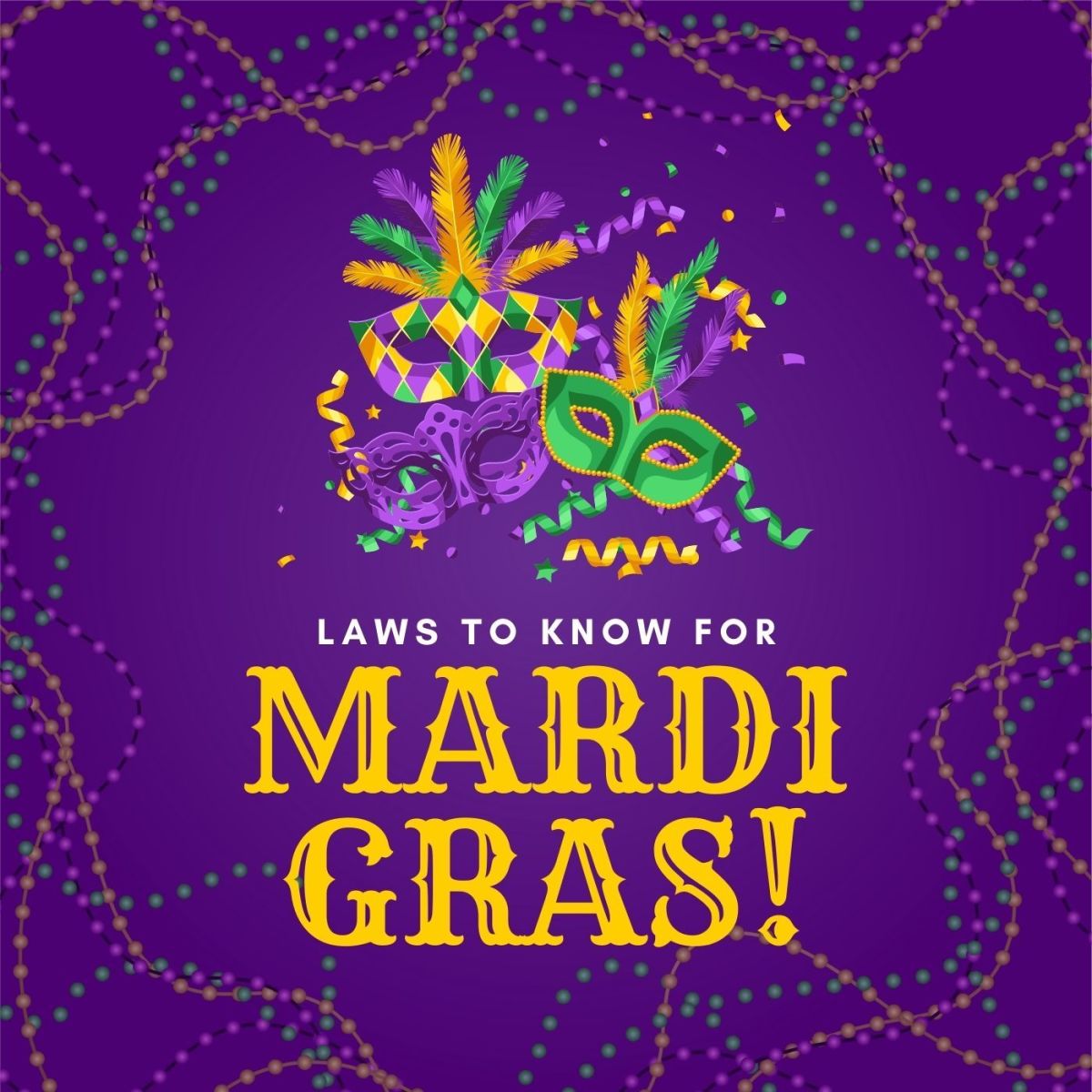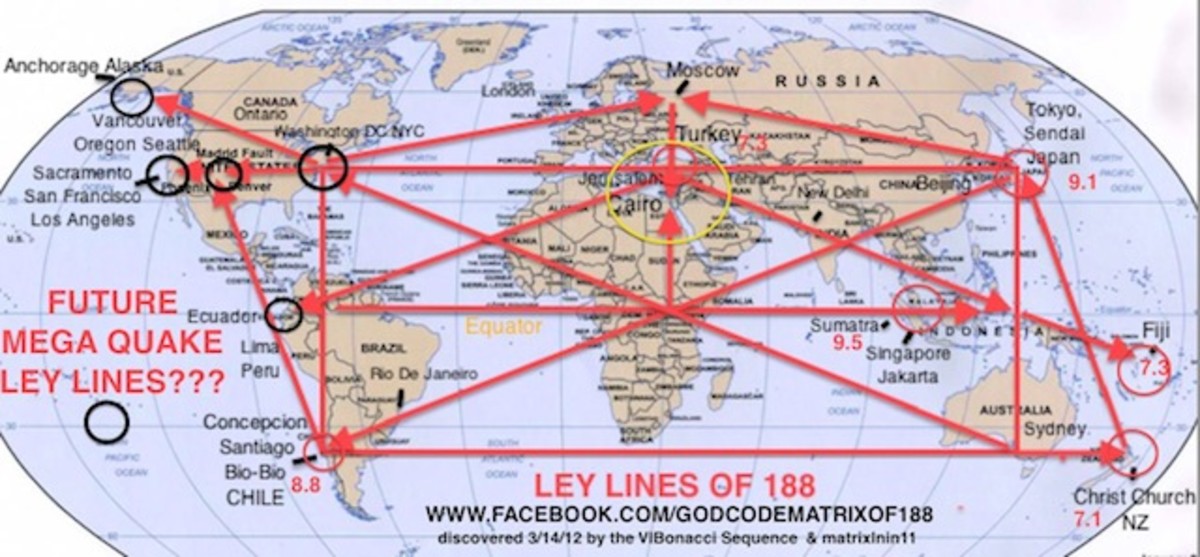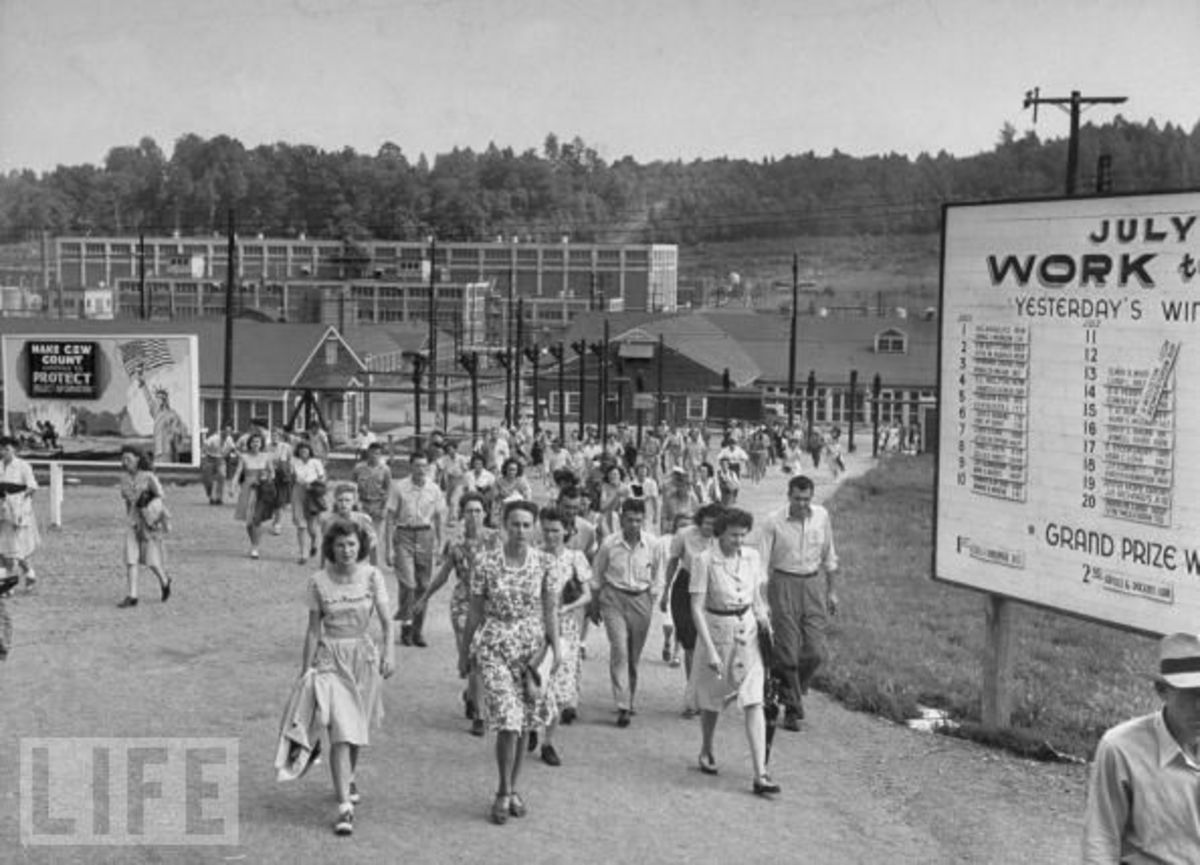The Texas Rangers Law Enforcement
The Texas Rangers & The Texas Ranger Hall of Fame
There probably isn't a little boy in Texas that didn't once pretend to be a Texas Ranger riding a horse, wearing a big Stetson hat, with boots on and toting a gun, chasing the Indians around his backyard. The Texas Rangers have been the subject of many books, movies, comics, programs and plays. But, did you realize that the Texas Rangers are the oldest law enforcement body in America?
Stephen F. Austin, the "Father of Texas" commissioned the first Rangers in 1823 to protect around 600-700 of the early colonists from Indian attacks while Texas was still a province of Mexico. He referred to these men as rangers since they were to range over large areas. If you've never been to Texas, it's probably rather difficult to imagine just how large these areas are.
The Texas Rangers have played a part in many of the most important events of Texas history. Some of the more notable criminal cases they were involved in were: gunfighter John Wesley Hardin, bank robber Sam Bass, and outlaws Bonnie and Clyde. I remember being quite fascinating with the Bonnie and Clyde story as a kid. Seems many people today see them as fictional movie characters.
Fort FIsher along the Brazos RIver on Intersate-35 in Waco, Texas is home to the Texas Ranger Hall of Fame and Museum. If you ever get a chance, you should drop in. I've heard it mentioned more than once that Chuck Norris is known to pop in. You may recall that Chuck Norris starred in the TV series, Walker, Texas Ranger.
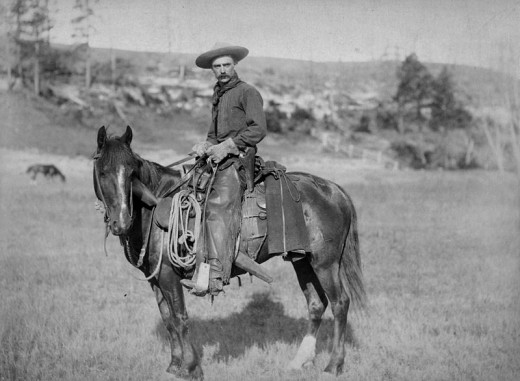
Texas Rangers Timeline
- October 17, 1835: A resolution was made to create a corps of Texas Rangers consisting of 25 men under the command of Silas M. Parker covering the frontier between the Brazos River and the Trinity River, 10 men under the command of Garrison Greenwood to work on the east side of the Trinity River, and 25 men under the command of D. B. Frazier to cover the area between the Brazos and the Colorado Rivers.
- November 24, 1835: The ordinance passed creating a corps. Their duty as Rangers was to protect the frontier against the Indians until the end of the Revolution. They were paid $1.25 per day for "pay, rations, clothing, and horse service," and the enlistment was for one year.
- December 1836: The Congress of the Texas Republic (1836-1845) passed a law providing that President Sam Houston raise a battalion of 280 mounted riflemen to protect the frontier with a term of service of six months.
- January 1837: A law was passed providing for a company of Rangers for the frontier various counties. Once by one more companies were added. It was during this period that the Texas Rangers began to make a name for themselves that spread far beyond the borders of the state.
- 1840: The Rangers fight many battles with the Indians including the Council House Fight in San Antonio, the raid on Linnville, and the Battle of Plum Creek.
- 1842: President Sam Houston approved a law providing for a companies of mounted men to "act as Rangers" on the southern and southwestern frontiers.
- January 23, 1844, A law authorizes John C. Hays to raise a company of mounted men to act as Rangers from Bexar to Refugio Counties and westward.
- January 28, 1861: Texas seceded from the Union and joined the Confederacy (ratified Feb 23, 1861)
- March 30, 1870: Texas was readmitted to the Union
- May 1874: The Legislature appropriated $75,000 to organize six companies of 75 men known as the Frontier Battalion. They were stationed in districts at strategic points over the state. This was the first time they were given the status of peace officers instead of being a semi-miliary organization.
- 1901: The Frontier Battalion was abolished since the frontier had basically disappeared. The Ranger Service was reorganized under a new law. Each Ranger was considered an officer and was given the right to perform all duties exercised by any other peace officer. There were to be four companies of 20 men each.
- August 10, 1935: The Texas Rangers and the Texas Highway Patrol became the Texas Department of Public Safety giving them statewide law enforcement jurisdiction.
- September 1, 1935: The beginning of today's Texas Ranger.
Other Waco or Central Texas-Related Hubs by KCC Big Country
- Texas Trivia
I sometimes take it for granted that everyone knows the things about Texas that I do. I'm a native Texan and I've grown up all my life hearing about all the things that make Texans proud. We spend entire... - Hemisfair & HR Pufnstuf
I was a child of the 60s and was raised in central Texas. I remember hearing a little bit about the World's Fair being held in San Antonio in 1968 but attending something like that was out of the question for... - The Texas Horny Toad and The Legend of Old Rip
The Texas Horned Toad (Phrynosoma cornutum), known more commonly as the Horny Toad is a federal category c2 threatened species lizard. The horny toad is flat-bodied and looks more ferocious than he is. His... - Madison Cooper and Sironia
Image by Larry D. Moore, used under a Creative Commons ShareAlike License--The Beautiful Madison Cooper House, now where the Cooper Foundation resides in Waco, Texas When I was younger, the Waco Regional... - The Katy Railroad or MKT Railroad
I've lived all my life within a very short distance of the MKT or Katy Railroad. It's been as much a part of my life as any other facet of my central Texas upbringing. I remember as a small girl, my dad... - Dr Pepper Originated in Waco, Texas
Growing up in the central Texas area, Dr Pepper is as common as water. Some joke that mothers put Dr Pepper in their baby's bottle instead of milk. When you order a coke at a restaurant, you may be asked if... - Bernard Rapoport Receives the Franklin D. Roosevelt Distinguished Public Service Award
Bernard Rapoport, known simply as "B" to those closest to him, was born in 1917 to Russian-Jewish immigrant parents in San Antonio, Texas. He grew up in modest circumstances and worked his way through the... - The Von Erichs-A Texas Family Riddled with Tragedy
They were hard-bodied, golden-haired, bare-chested hunks of Texas men. Their real name was Adkisson. Their stage name was Von Erich. Fritz and his handsome sons Kevin, David, Kerry, Mike and Chris were... - Top 10 Weird Off-Beat Places to Visit in Texas
Being a born and raised Texan, I'm filled with admiration and pride in all things "Texas". I love sharing historical things about Texas that most people haven't been exposed to, such as my hub on the Crash... - The Crash at Crush-The Staged Train Wreck of 1896
The Two Locomotives Greet One Another Just recently, I was telling a few fellow hubbers about how much pride I take in showing people places they were unaware of even though they may have lived near them all...
Great Resources for More on The Texas Rangers
- Official Texas Ranger Website
- Texas Ranger Museum in Waco, Texas
- Welcome to Texas Rangers - Law Enforcement Association
- Handbook of Texas Online - TEXAS RANGERS
- Texas Rangers on LSJunction.com
- Home - Online Archive of Terry\'s Texas Rangers
A website dedicated to gathering, preserving, and sharing the history of Terry's Rangers, the 8th Texas Cavalry Regiment, 1861-1865. - Texas Ranger Division - Wikipedia
- Walker, Texas Ranger - Wikipedia

